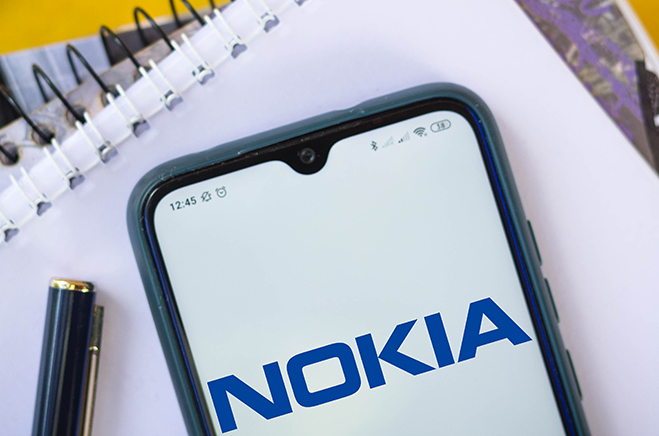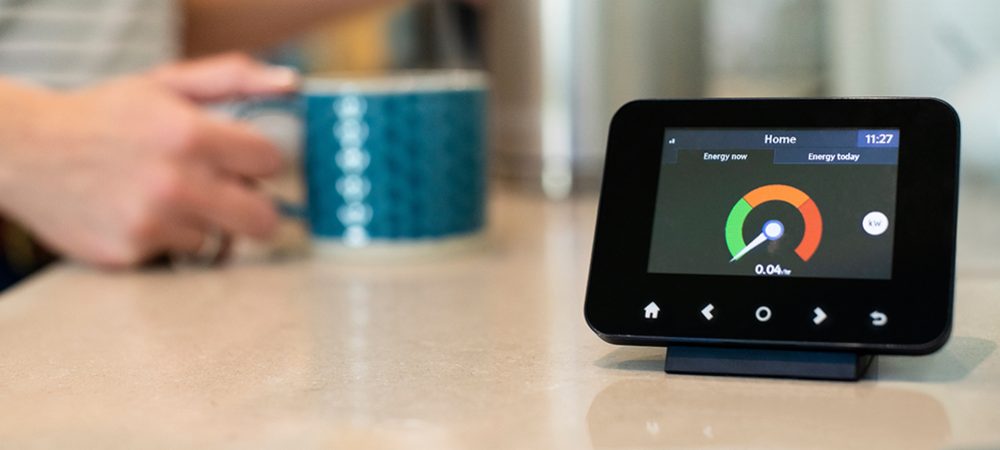Carlijn Williams, Head of Portfolio Marketing Cloud and Cognitive Services at Nokia, discusses the potential IoT has for transforming the utilities industry.
The Internet of Things (IoT) plays a pivotal role in helping the utilities industry transform the way the world uses its resources. Whether deploying smart meters or smart grids, utilities need completely reliable high-performance connectivity that can be scaled up quickly to support vast numbers of IoT devices.
This is where Communication Service Providers (CSP) come in, as they can offer the solution for utility companies wanting to utilize IoT. By using a managed service that encompasses an IoT grid, CSPs and their utility customers have the potential to transform the utilities industry.

Looking at Hutchison 3 Indonesia (3ID) – a leading mobile CSP in Indonesia – and a state-owned electricity company which aims to roll out around 100 million smart meters over the next seven years, it is clear to see what can be achieved for businesses in this industry.
IoT can help utilities take advantage of real time and historical data to improve their efficiency, manage resources and achieve greater sustainability. However, a key challenge is ensuring low costs and secure connectivity at a truly vast scale. Utilities need a simple solution that minimizes installation and operational costs while providing the assured performance that only a managed cellular connectivity solution can offer.
The need for smart metering
Smart metering is utilities’ most prominent use of IoT, with hundreds of millions of water, gas and electricity meters being deployed globally each year. As well as giving consumers more control over usage, smart meters gather precise data to help utilities build smart grids to better manage resources, especially with the growing deployment of renewable energy sources.
It’s no small task to provide reliable connectivity for huge numbers of smart meters, and there are currently more connected devices to manage and support, located in more places, than ever before. That requires uninterrupted IoT connectivity and the ability to manage all those devices in a seamless, automated way.
For example, 3ID is delivering 4G and LTE services to more than 10,000 villages across the country. It also offers network services to several customers throughout Indonesia. One of its customers has committed to install nearly 100 million smart meters across the country over the next seven years. The plan supports the government’s aim to reduce its dependence on oil, increase the use of renewables to 23% of the national energy mix by 2025 and achieve 100% rural electrification. Further, this utility company is seeking to cut costs and improve its customer experience.
Smart meters will reduce the need for staff to recalibrate older traditional meters – a manual, costly process that has to be done in a special testing lab. By replacing most of its traditional meters (which often miscalculate power consumption) with smart meters that can collect energy usage data in real time, the utility company hopes to provide its customers with more accurate information while also bringing greater automation to the billing process. Being able to dynamically monitor consumption and usage patterns across the grid will also improve load balancing efforts as more renewable energy sources are brought into Indonesia’s energy mix.

How 3ID enabled its utility customers to achieve their goal
To help achieve these goals and support a customer base that’s spread out over Indonesia’s many islands, the utility company turned to 3ID to provide connectivity for the smart meters across the country. 3ID had to deliver an IoT connectivity solution that would make it easy to support and manage millions of smart meters – anytime, anywhere. By using an IoT grid as a service provided by Nokia WING, this solution could be scaled up rapidly to support a huge roll out of smart meters and allow utility companies to monitor and manage IoT connectivity and all its smart meters through a single real-time interface.
With 3ID, its utility customers are able to use smart meters to monitor consumption and more efficiently manage electricity distribution. The technology also enables automated billing, electricity theft identification and enhanced reliability of supply for consumers.
With an IoT network grid, utilities in Indonesia are able to:
- Remotely monitor users’ power consumption in real time, removing the need for monthly manual inspections of traditional meters and substantially reducing operational costs
- Enable full visibility of the energy grid, identifying areas of overload and underloads to manage and control power distribution more efficiently
- Enhance the customer experience by offering more transparent and accurate billing
- Improve service reliability by detecting blackouts faster and enabling preventative repairs to stop outages before they occur
- Use real-time customer data to inform network improvements and develop new services, such as smart time-of-use tariffs
A win-win solution
Using a IoT managed service lets CSPs offer their enterprise customers scalable, dynamic IoT connectivity. 3ID was able to provide its utility customers with a fully managed service to handle its smart meter rollout. Further, 3ID has built up the foundational capabilities that will allow it to roll out IoT services quickly and cost-efficiently to its enterprise customers in many other industries across the country – from agriculture and livestock management to logistics and asset management.
For CSPs and utility companies, using a worldwide IoT network grid is a win-win scenario. For CSPs, it allows them to diversify into new markets using an IoT Network- As-a-Service model, broaden their service portfolio with the addition of end-to-end connectivity and management, and enables faster rollout of IoT services to their enterprise customers.
Utility companies are provided robust connectivity across multiple sites and geographies, and dynamic management and monitoring of metering and consumption. Beyond the example of 3ID, there are many ways in which IoT can further the utility industry’s goals, it’s simply a matter of having reliable connectivity.


